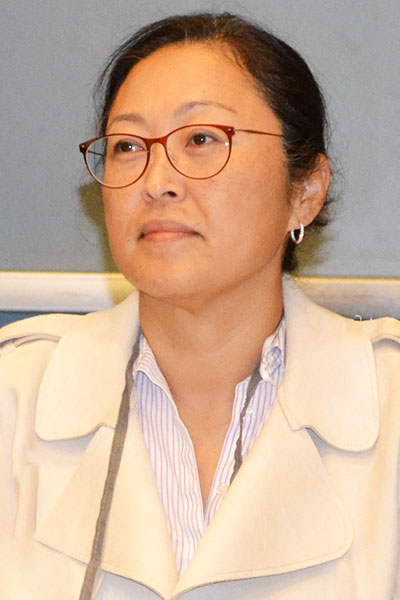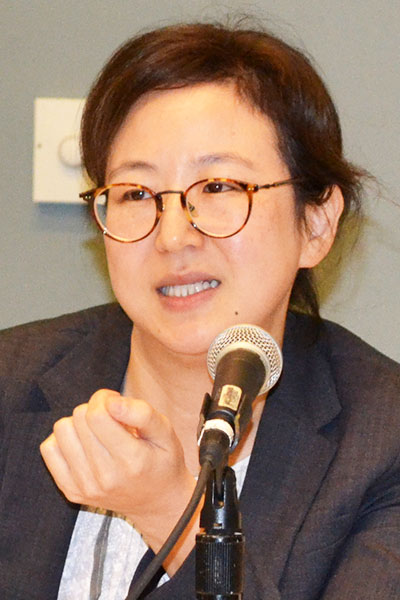
Approximately 60% of patients with obesity hypoventilation syndrome (OHS) can be treated with continuous positive airway pressure (CPAP) therapy. But where do clinicians and patients turn when CPAP doesn’t work?
Three sleep medicine specialists discussed three alternative therapies—supplemental oxygen, inspiratory time (Ti) extension, and the use of a backup rate in patients with low apnea-hypopnea index—during the Monday morning session Obesity Hypoventilation Ventilation – What To Do When CPAP Doesn’t Work? All three therapies are readily available but their use for OHS is complicated by several factors, including a lack of study data and reimbursement issues.
Christine Won, MD, MSc, associate professor of medicine (pulmonary), medical director of the Yale Centers for Sleep Medicine, and director of the Yale Women’s Sleep Health program, discussed the benefits and risks of supplemental oxygen use in patients with OHS.
“In terms of the fundamentals of treating OHS, it’s still PAP and noninvasive ventilation (NIV) for treating sleep apnea and hypoventilation during the night. That is really the crux of the therapy,” Dr. Won said. “Also, of course, is treatment of obesity by various mechanisms, because that’s also a driver of the disease. But nowhere is there consensus or advice about oxygen therapy.”

Dr. Won and the session’s two other panelists—Susheel P. Patil, MD, PhD, and Bernie Y. Sunwoo, MBBS—served on a technical expert panel last year that revisited the current literature on the treatment of OHS. The panel made no recommendation on the use of supplemental oxygen because there were no data available to drive the recommendation, Dr. Won said.
“Probably the easiest and most expedient way to treat these patients—and probably what’s happening from a practical level—is that [those] who end up on BiPAP S who have refractory hypoxemia get a little bit of oxygen,” said Dr. Won, noting that oxygen should be used judiciously, aiming for SpO2 levels in the 88% to 92% range.
Dr. Patil, clinical associate professor of medicine at Case Western Reserve University, discussed the role of Ti extension for improving ventilation in patients with OHS.
“In the setting of persistent hypoxemia, lung recruitment strategies can improve oxygenation. Increases in inspiratory time are one approach to recruit lung and improve gas change,” Dr. Patil said. “This strategy may have some utility when you’re not able to qualify somebody for an ST device or a ventilator and you’re trying to avoid the need for supplemental oxygen.”

Dr. Sunwoo, associate professor of medicine, medical director of sleep medicine, and associate program director of pulmonary and critical care at the University of California, San Diego, discussed the role of a backup rate in patients with OHS for whom CPAP has failed. There’s no consensus definition in the sleep community for CPAP failure, she noted, further complicating recommendations for alternative therapies.
In stable patients with OHS who have severe OSA, randomized trials have not shown any difference in improving gas exchange, symptoms, health care utilization, or adherence between NIV incorporating a backup rate or CPAP, Dr. Sunwoo noted. And even less data exist regarding NIV modes and backup rates for patients with OHS without severe sleep apnea or patients with decompensated OHS, she said.
“Bilevel [positive airway pressure] in the spontaneous mode can be associated with central apneas and periodic bleeding, such that phenotyping and close monitoring of patients with polysomnography is important in understanding the potential role of a backup rate, especially because these treatments are costly,” she concluded.
Join us at CHEST 2025
Save the date for the next Annual Meeting, October 19 to 22, 2025, in Chicago. CHEST 2025 will explore the latest advancements in pulmonary, critical care, and sleep medicine, with a focus on innovation and the future, just as the city itself embodies progress and reinvention.





